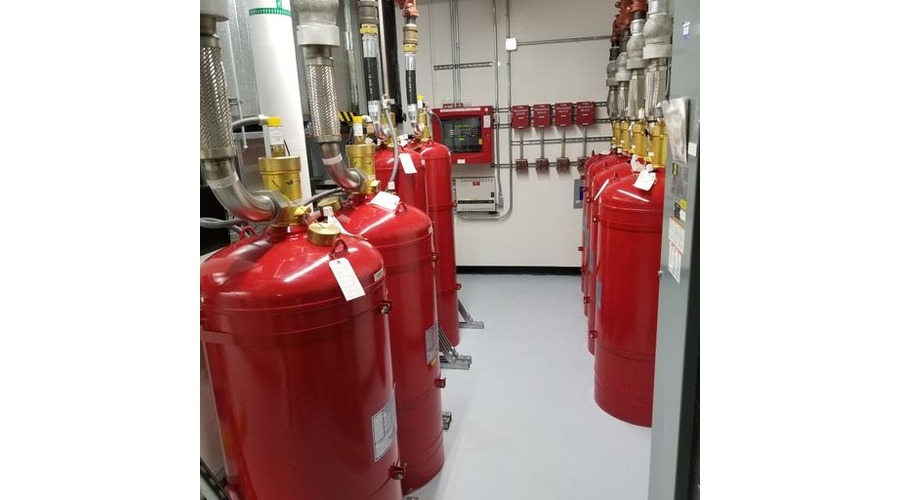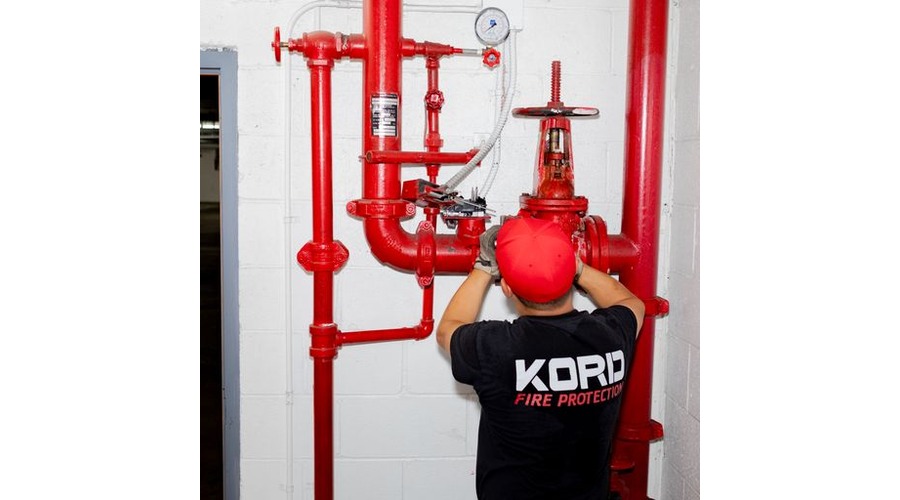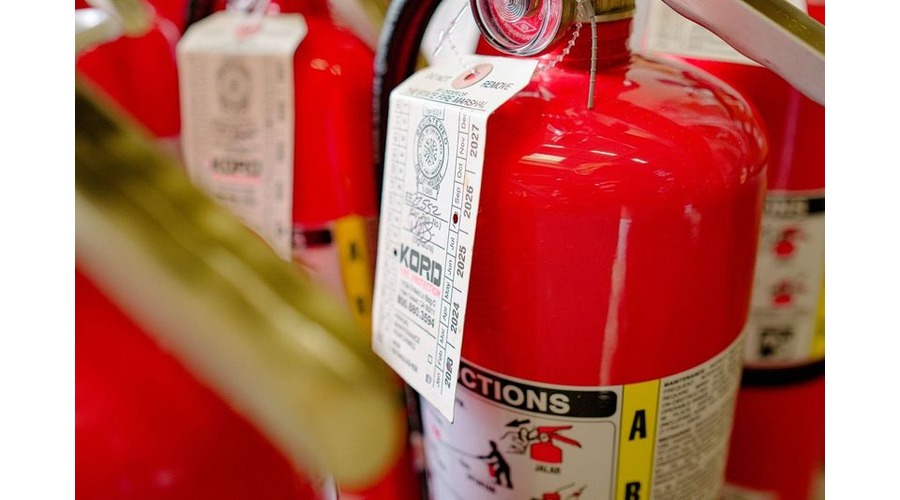Introduction
Fire incidents pose significant challenges worldwide, emphasizing the importance of fire protection standards. Among these standards, NFPA 16 plays a crucial role. In this article, we will delve into NFPA 16: Standard for the Installation of Foam-Water Sprinkler and Foam-Water Spray Systems, exploring its purpose and implications.
What is NFPA 16?
NFPA 16, known as the “Standard for the Installation of Foam-Water Sprinkler and Foam-Water Spray Systems,” is a vital standard that provides essential guidance to enhance fire safety. This standard outlines the installation and repair procedures for foam water sprinkler and foam water spray systems, drawing from engineering principles and practical experience.
The key objective of NFPA 16 is to establish minimum requirements for designing, installing, testing, inspecting, and maintaining these systems. By adhering to NFPA 16, these systems can effectively achieve the required density to prevent loss of life and property in the United States.
Understanding Foam-Water Sprinkler and Spray Systems
Foam-water sprinkler and foam-water spray systems are sophisticated fire suppression systems designed to combat fires fueled by flammable liquids, such as alcohol. When a fire emergency occurs, these systems activate, pressurizing a foam bladder tank to release foam, which then combines with water to extinguish the fire.
Key Directions in NFPA 16
NFPA 16 comprehensively covers directions for designing the water supply and discharge density. According to the standard, water supplies must be designed to provide water at the designated discharge density and pressure for a minimum of 60 minutes.
The minimum discharge density, as specified by NFPA 16, should not fall below 0.16 gallons per minute per square foot (6.5 millimeters per square meter). However, these values may vary depending on the type of fire and the recommendations of the foam manufacturer.
Wet Pipe System
For a more in-depth understanding of the wet pipe system, a prevalent type of foam-water sprinkler system, we’ve outlined key directions:
- NFPA 16 mandates that wet pipe low-flow systems be automatic and mechanical, without devices, valves, or pumps. All system components must be approved to ensure optimal functionality.
- The system requires a pilot-operated pressure regulating valve at the riser, capable of withstanding 250 PSI water pressure.
- A concentrate control valve must be present between the bladder tank and concentrate controller. This valve should automatically open in response to water flow, be made of corrosion-resistant material with Halar coating, and meet Viking Model E-2, E-4, or F-2 standards.
- The system relies on foam concentrate, either aqueous or alcohol-resistant aqueous film-forming foam, depending on the type of flammable liquid involved.
- These foam concentrates must be approved and designed to work efficiently with the Viking Corporation Low Foam System.
Wet Pipe AFFF Sprinkler System
For proper installation and functionality of the wet pipe AFFF sprinkler system, NFPA 16 highlights the importance of a system fire department connection made of brass and FM approved for fire protection use.
NFPA 16 also requires an alarm valve to activate the alarm during water flow. This valve should be FM approved and can be installed vertically or horizontally at a pressure of 250 PSI.
Additional Requirements and Maintenance
NFPA 16 further stipulates the necessity of a low expansion foam bladder tank, its proximity to the riser for accessibility during inspections, and compliance with ASME pressure vessel requirements.
Foam concentrate must have an appropriate nominal orifice plate size. In addition to installation, NFPA 16 covers all maintenance requirements. Contractors installing foam concentrates should conduct testing and provide safety data sheets to the owner.
Temperature and Spacing
Beyond design considerations, proper spacing during the installation of these sprinkler systems is critical. According to NFPA 16, spacing should not exceed 100 square feet per sprinkler.
For roof installations, sprinklers’ temperature should range between 121 to 149 degrees Celsius, while for low-level installations, it should be maintained between 57 to 77 degrees Celsius.
Conclusion
Foam-water sprinkler and foam-water spray systems are essential components of fire safety in buildings, especially for protection against fires involving flammable liquids and airport hangars. To design and install a system tailored to a specific facility, strict compliance with NFPA 16 requirements is essential.




